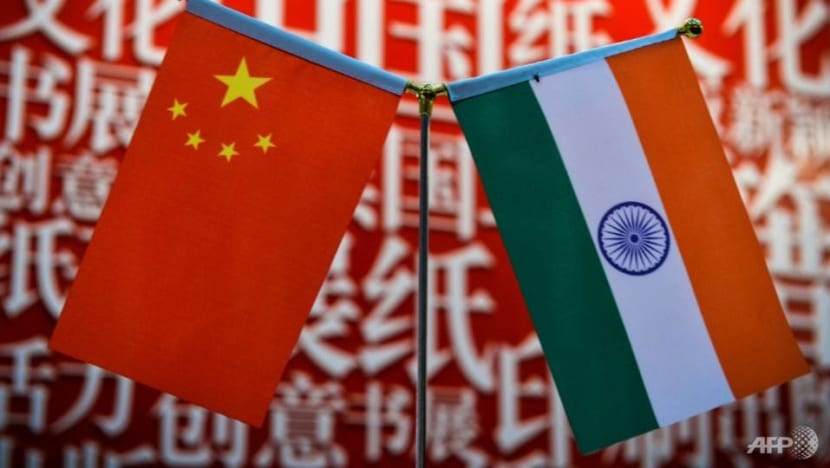Ongoing border row between India and China straining trade ties, souring public perception
A recent survey has found that six out of 10 Indians have cut down on buying Chinese goods.

NEW DELHI: Ties between Asian giants India and China remain tense, more than three years after a deadly clash in the disputed Himalayan border sparked a standoff between the two sides.
In India, the ongoing border row has soured public perception of China.
At the peak of tensions, fierce protests, where angry demonstrators burned effigies of Chinese President Xi Jinping and demanded a complete economic boycott of China, were common. They believed Beijing should pay for the deaths of the 20 Indian soldiers in the Ladakh border clash in 2020.
While the public demonstrations may have stopped, the standoff still affects trade ties.
PUBLIC CAMPAIGN TO BAN CHINESE GOODS
The public campaign to ban Chinese goods was largely led by the Swadeshi Jagran Manch, an economic unit affiliated to Prime Minister Narendra Modi's governing Bharatiya Janata party.
Swadeshi Jagran Manch national co-convenor Ashwani Mahajan said it is still running awareness campaigns to ensure people do not use made-in-China products.
His organisation routinely publishes literature to educate the public on the issue. At their meetings, anti-China slogans are still used.
However, Dr Mahajan feels more could be done.
“The people are fulfilling their duty by boycotting Chinese goods, but the government also needs to do more,” he said.
“The government should impose anti-dumping duties on Chinese goods and also target goods that China is routing to India through other countries.”

UNREALISTIC TO SHUN CHINESE GOODS
But calls to shun Chinese goods might be unrealistic at this point, observers pointed out.
China is still where most of India's imports come from, amounting to over US$98 billion last year. The bulk of these imports are raw materials and electronics.
Shop owner Rakesh Kumar, for instance, said many of his customers do not want to fork out too much money, so he only stocks budget cell phones coming predominantly from China.
While there was a big push to avoid buying such phones two years ago, that is no longer the case now, he noted.
“What option does an Indian buyer have? The only affordable cell phones in the market are made by Chinese brands such as Oppo and Realme,” Mr Kumar said.
“There's only one Indian company that makes budget phones, but customers don't want to buy them."
CUTTING DOWN ON BUYING CHINESE PRODUCTS
A recent survey has found that six out of 10 Indians have cut down on purchasing Chinese goods.
Electronics, however, were the exception.
“Chinese products dominate the electronics market in India, and no one can match the low prices range that the Chinese products sell for,” said Delhi resident Mahim Gupta.
“Indian companies and their products don't come close.”
Another Delhi resident, Mr Ajay Jain, said he does not buy Chinese products, but believes people should be pragmatic.
“There are some products without which our industry won't function. So for the time being, we just have to adjust. We have to do whatever is possible,” he added.
“But in the longer run, we have to bolster our manufacturing and make the entire supply chain ourselves. Otherwise, it is a dependence for so long. It is hurting us.”
MAKING INDIA SELF-RELIANT
After the deadly border clash in 2020, Mr Modi launched a programme to make India self-reliant.
The government offers production incentives to sectors particularly dependent on supplies from China.
India is also pitching itself as the new global manufacturing hub, offering foreign companies tax incentives as well as land and power subsidies.
In April, American tech giant Apple, for example, expanded its retail presence in India by opening its first two stores in the country.
Other big companies such as Nokia, Samsung and Boeing have also moved part of their production lines to India.
But the country may still have a long way to go, with many firms complaining of red tape and a lagging infrastructure set-up, said observers.
Yet they agreed that this has opened up another frontier to the India-China rivalry.
















